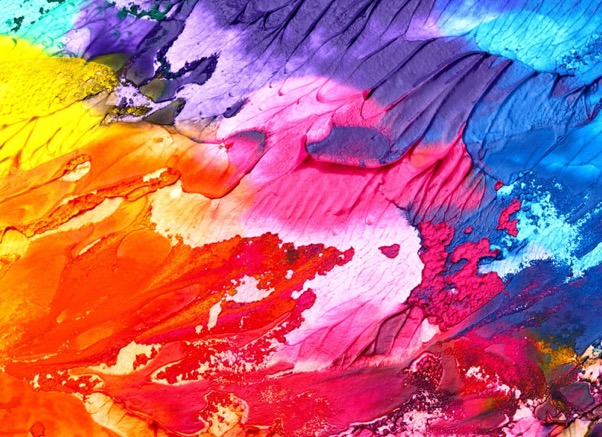
The new reality of Europe is that the majority of its inhabitants is no longer of one certain group; Europe has become superdiverse. The biggest cities in Europe are no longer homogenous but consist of Europeans with different backgrounds (Crul, 2013). But when we look at different European institutions, we do not see this diversity, especially when it comes to European art institutions and museums. Instead, we see a big overrepresentation of cisgender white male artists with little to no diversity in ethnic background, gender, age, class and/or sexual orientation (Baragli, 2007; Georgi, 2008; Zuffi, 2006). There are new realities in Europe that need to be acknowledged and represented. Being and feeling represented in European institutions is the first step to feel that you are part of the European Union. Art can give Europeans, especially those who are marginalized, a voice because artists share views on numerous topics and issues with the art they create. Having different art from different artist can reflect the colourful and diverse views of Europe, while simultaneously creating a feeling of belonging (Yosso, 2005). In short, the art world can be the perfect place to show that there is unity in diversity.
Now that we know how a diverse and inclusive art world can contribute to a better and stronger Europe, how do we make the art world more diverse? To find a way to diversify art institutions and its canon, EUrArt has three approaches.
- The first approach is to research the Arts in Europe, as you have seen over the course of the last weeks in our introductory articles. We divided the research into three topics which we are going to focus on: the legal, the civil and institutional perspective. Once we have the results from our research, we will collectively advise how European institutions can stimulate a diverse and inclusive art scene. You can see an overview of this research in the mind map below.
- Our second approach is to establish a virtual art competition in which all (unrecognized) artists and art forms will be showcased. This will also set a beautiful example for different institutions in the divers palette of art and artists in Europe. Are you interested in getting your art featured? Or do you know someone whose art definitely needs to be included? Send us a mail at: eurart@esthinktank.com or follow us on our Facebook page to keep yourself posted with the latest updates!
- Our third and last approach is to exhibit the artworks with the most votes. We want to celebrate the diverse artforms and artists that exist and acknowledge them in the hope that more institutions will follow suit in acknowledging the new breath of fresh air.

For social cohesion in a diverse European social context to exist, diversity must be seen and acknowledge as a strength, not a deficiency (Tupan-Wenno, 2016). So let us see, hear and celebrate the art of (especially marginalized) Europeans. In that way we can create a sense of belonging to Europe, especially for European citizens who are not always treated and/or may not always feel as if they are a part of Europe.
By Chaima Demnate, Searcher of the EUrArt Working Group.
Bibliography
Baragli, S. (2007). European Art of the Fourteenth Century. Getty Publications.
Crul, M. (2013). Superdiversiteit, een nieuwe visie op integratie. VU University Press.
Georgi, R. (2008). European Art of the Seventeenth Century. Getty Publications. Tupan-Wenno, M. (2015) Making inclusion in Europe a reality. IDEAS
Yosso T. J. (2005) Whose Culture has Capital? A critical race theory discussion of community cultural wealth. Carfax Publishing Company
Zuffi, S. (2006). European Art of the Seventeenth Century. Getty Publications.

 The invention of development: power, narrative, and the afterlife of Truman’s speech
The invention of development: power, narrative, and the afterlife of Truman’s speech  Is the World Trade Organisation a Failure?
Is the World Trade Organisation a Failure?  Is EU citizenship for sale – or for keeps? A critical analysis of the CJEU’s Golden Visa ruling.
Is EU citizenship for sale – or for keeps? A critical analysis of the CJEU’s Golden Visa ruling.  The European Union in Space: From exploration and innovation to security and autonomy
The European Union in Space: From exploration and innovation to security and autonomy 


